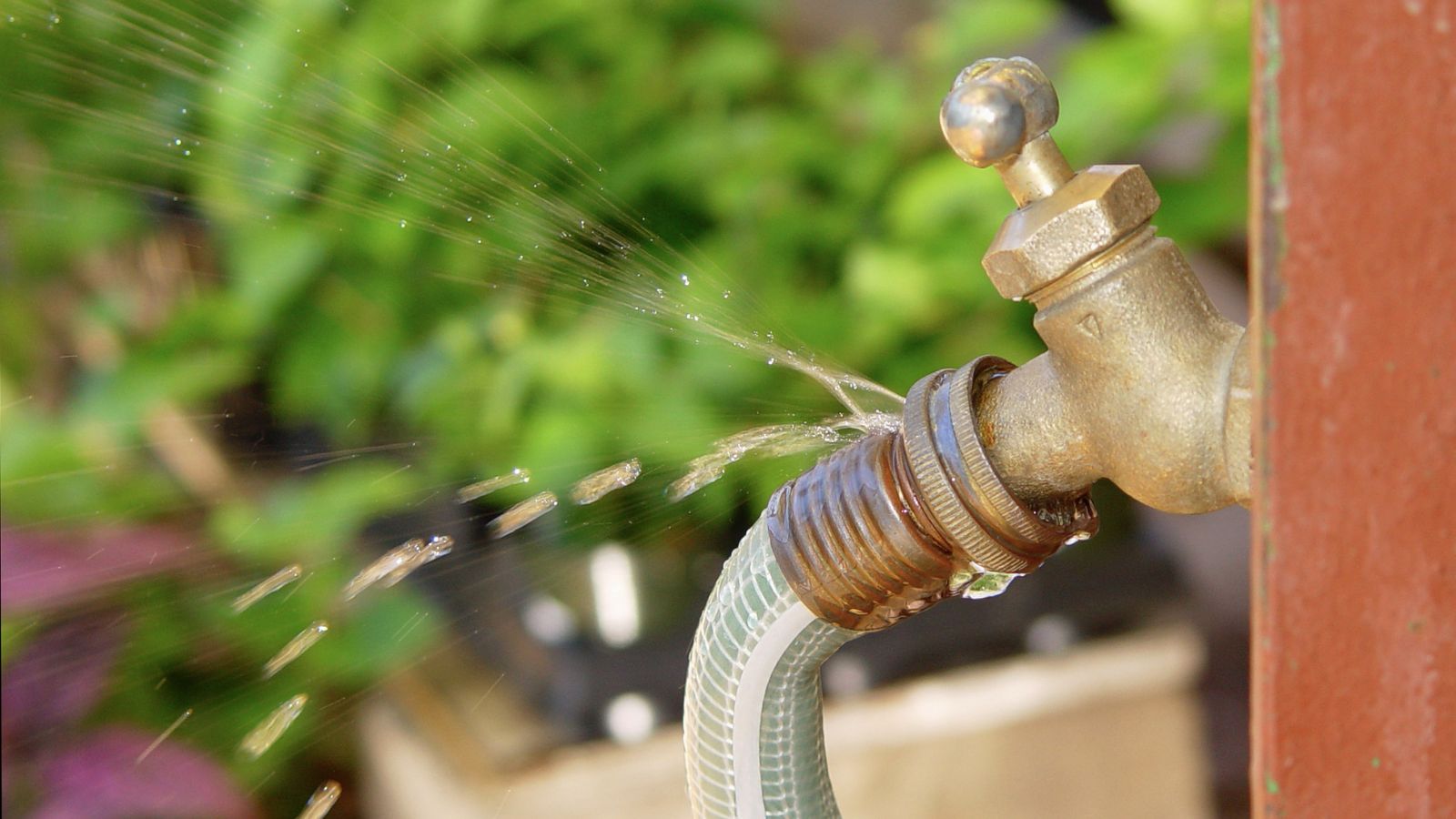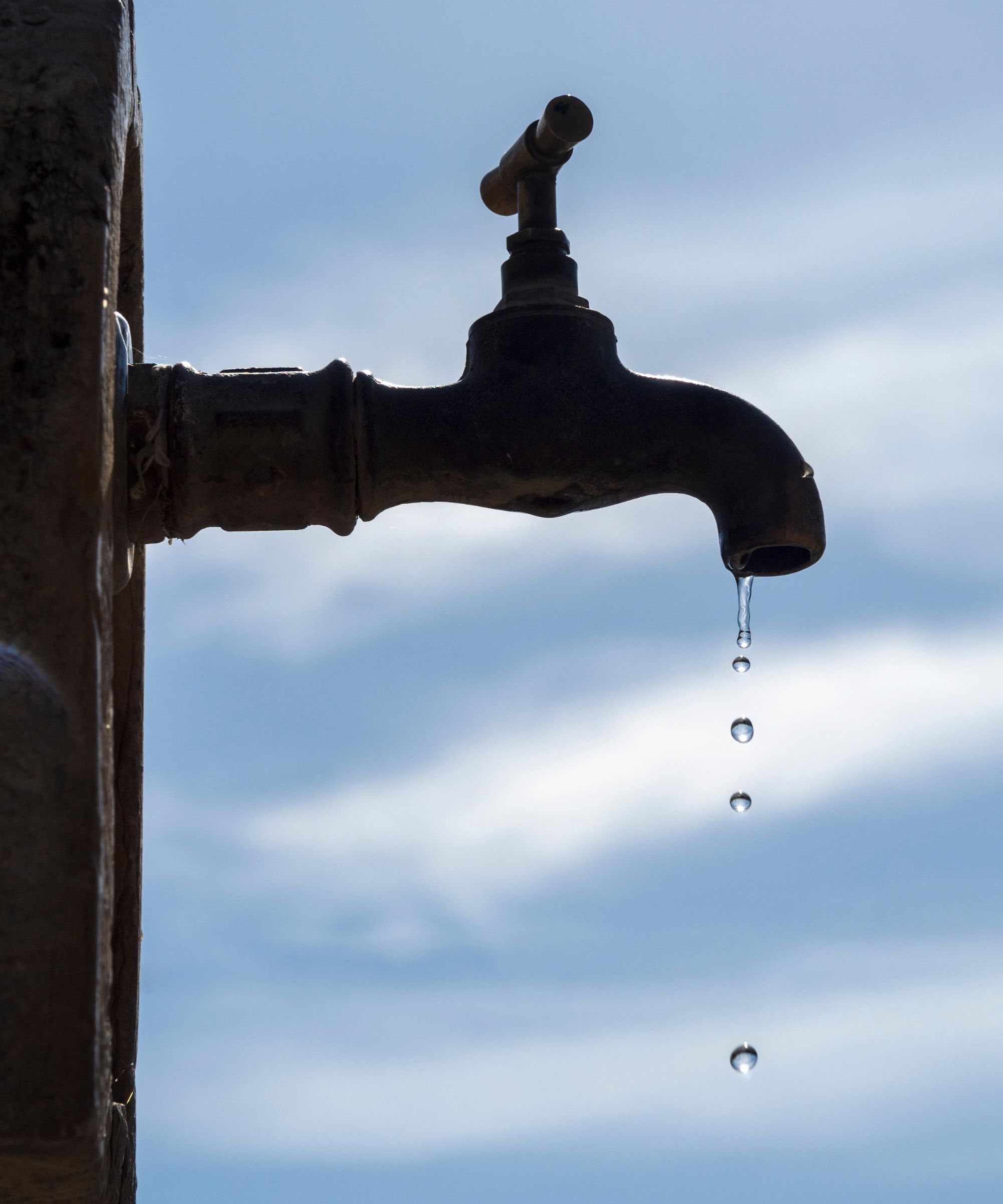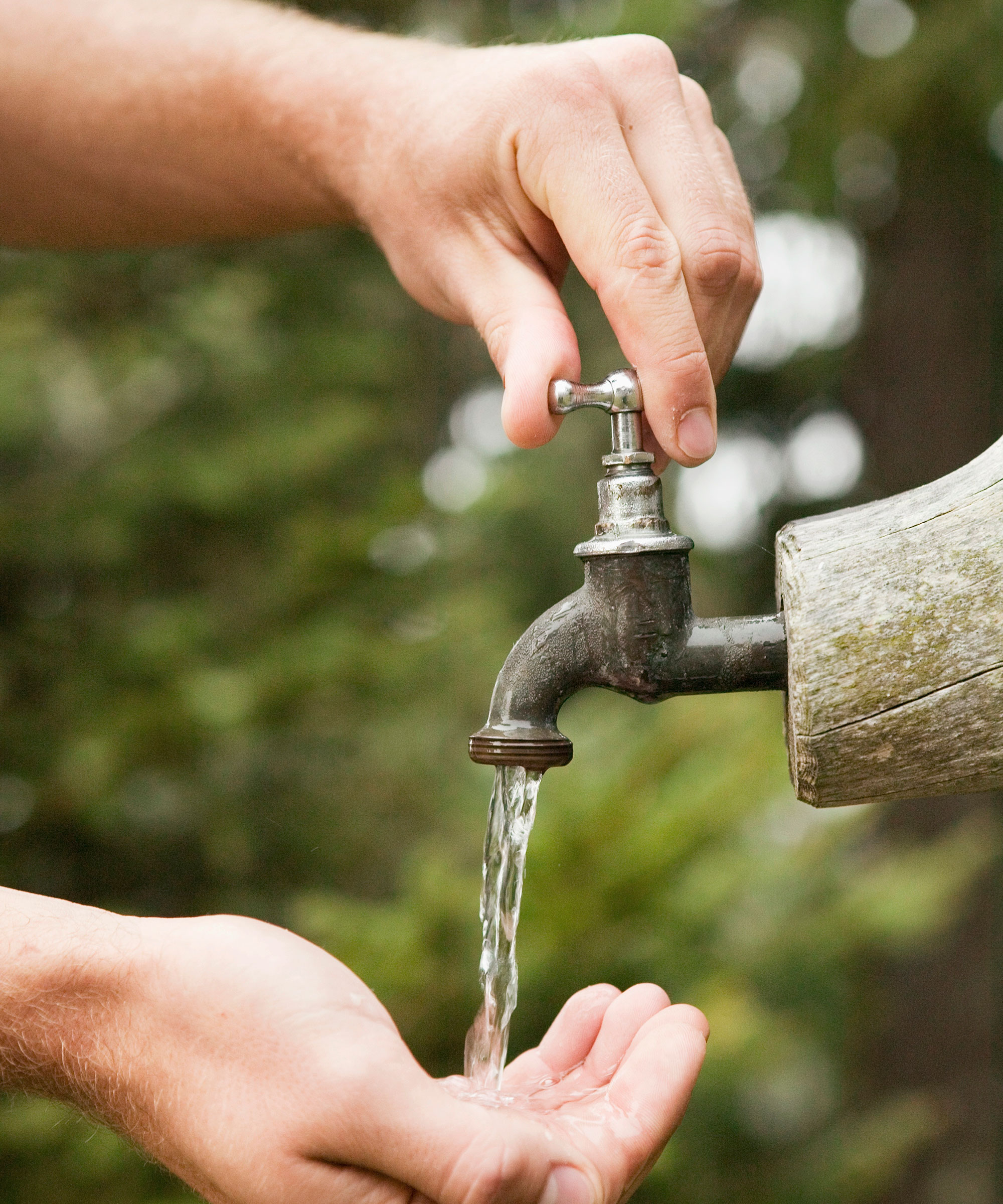
For years, I put up with a leaky faucet. Every time I used my garden hose, it would leak at the faucet. It was an old, temperamental Victorian spigot and I simply couldn't be bothered to fix the problem. I must have wasted a lot of water and added pointless money to the water bill.
Worst of all, it was an easy issue to fix - a lot easier than fixing a garden hose. After speaking to expert plumbers, I've found that leaky faucets are almost always the result of a single, simple issue.
These plumbing experts gave me two simple ways to fix a leaky faucet, as well as an effortless solution for a rarer problem, so you can save water and get back to gardening.
1. Check the washers

The plumbers I spoke to were unanimous about one thing - check the washers in your faucet. Contractor and plumber Yaeir Moinzadeh claimed that '90% of leaks occur due to worn-out washers'. It is recommended that you replace washers annually.
Thankfully, it's a fairly easy issue to solve. Plumber Nathan Hudelson told me: 'Replacing a washer in your faucet is simple. First, remove the old washer from the female end of the faucet using a pick or screwdriver. Then, push a new washer, which you can find at most home stores, back into place.' You can get cheap washers at Amazon.
The only complicating factor here is where you live. Washers are located in different places in different faucets. If you live in the north, you probably have an anti-frost faucet. In this case, you need to pull the long stem out of the hose bibb; the washer will be at the very end. In the south and other warmer parts of the country, you'll probably have a short faucet. In this case, the stem is very short, right underneath the handle.
Once you've replaced the washer, you need to reassemble the faucet. Nathan says: 'To reassemble, insert the washer into the faucet and secure it with the bonnet nut. I usually move the handle back and forth while tightening the bonnet nut to ensure gentle pressure on the stem. This prevents leaks without making the handle too difficult to turn.'
Yaeir also recommends taking photos on your phone as you go, so you have a reference for the right order of the parts.
2. Tighten the connector

The other common solution is to tighten the hose connector with pliers or a wrench. This is very simple - just turn it clockwise by hand. However, you need to be careful. It seems like a paradox, but tightening too much can cause leaks.
Yaeir Moinzadeh says: 'If you over-tighten the connector it will damage the threads or the connector itself, so be careful while doing this.' It sounds odd, but 'over-tightening can strip the threads and it causes leakage'.
To stop the threads from being damaged, Nathan Hudelson suggests that 'using a little silicone spray or faucet grease can help lubricate the threads, making it easier to turn and seal properly.' You can get cheap faucet grease at Lowe's and other stores.
Yaeir gave me another tip to ensure a good fit, saying: 'You can wrap Teflon tape around the faucet threads to make sure the seal is tight.' Teflon is easy to find - you can get cheap Teflon plumbers' tape at Walmart.
3. Replace the faucet cartridge
A rarer issue is replacing the cartridge. Not all outdoor faucets have these - they tend to be in frost-free faucets. Thankfully, this is the same process as replacing a washer. Yaeir says to turn off the water supply, then 'unscrew the cartridge with a wrench and replace it with a new one. After reassembling the faucet, turn on the water to check for any leakage'.
The good news is that cartridges last for around 15 years, so you shouldn't have to do this too often. Just make sure that the replacement cartridge is identical - you may need to take the old cartridge with you to the hardware store to find an exact match.
FAQ
What's the difference between a spigot and a faucet?
There isn't a difference. 'Spigot' and 'faucet' both refer to something that can open and close the flow of water, but 'spigot' tends to be used for outdoor faucets which don't have temperature controls.
For more help with hoses and faucets, take a look at our guidance about what to do if your hose is stuck on the faucet.







